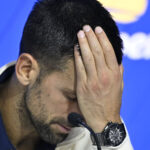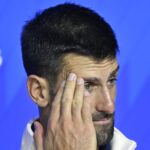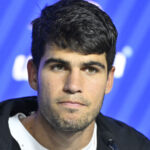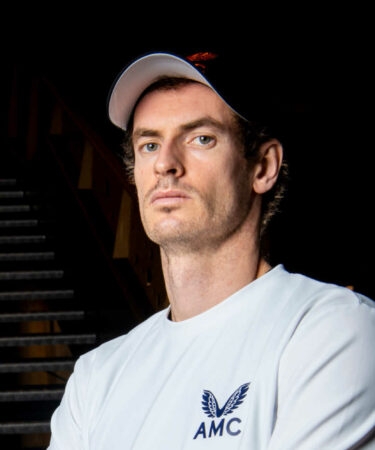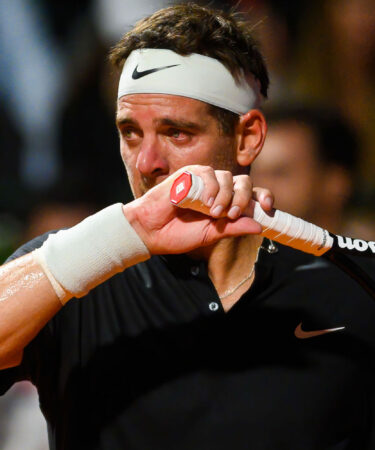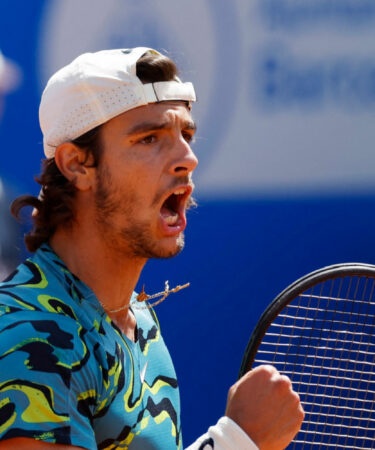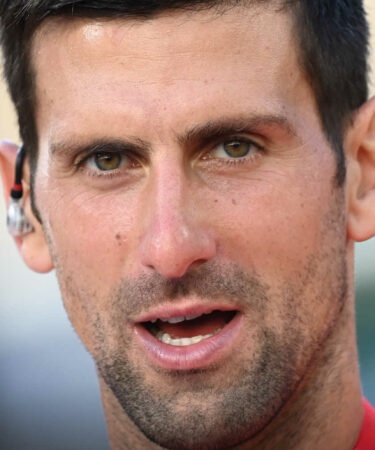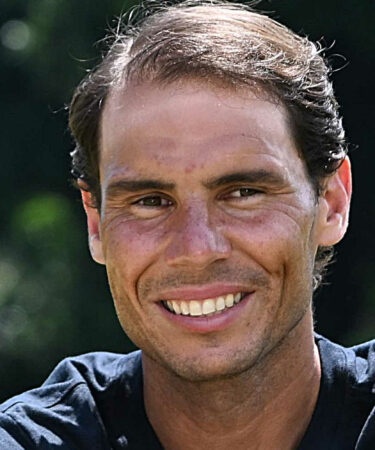Early exits of Olympic medallists Djokovic, Alcaraz and Musetti not a shock, at least historically
The defeats follow a familiar pattern for medallists at the Olympics down the years
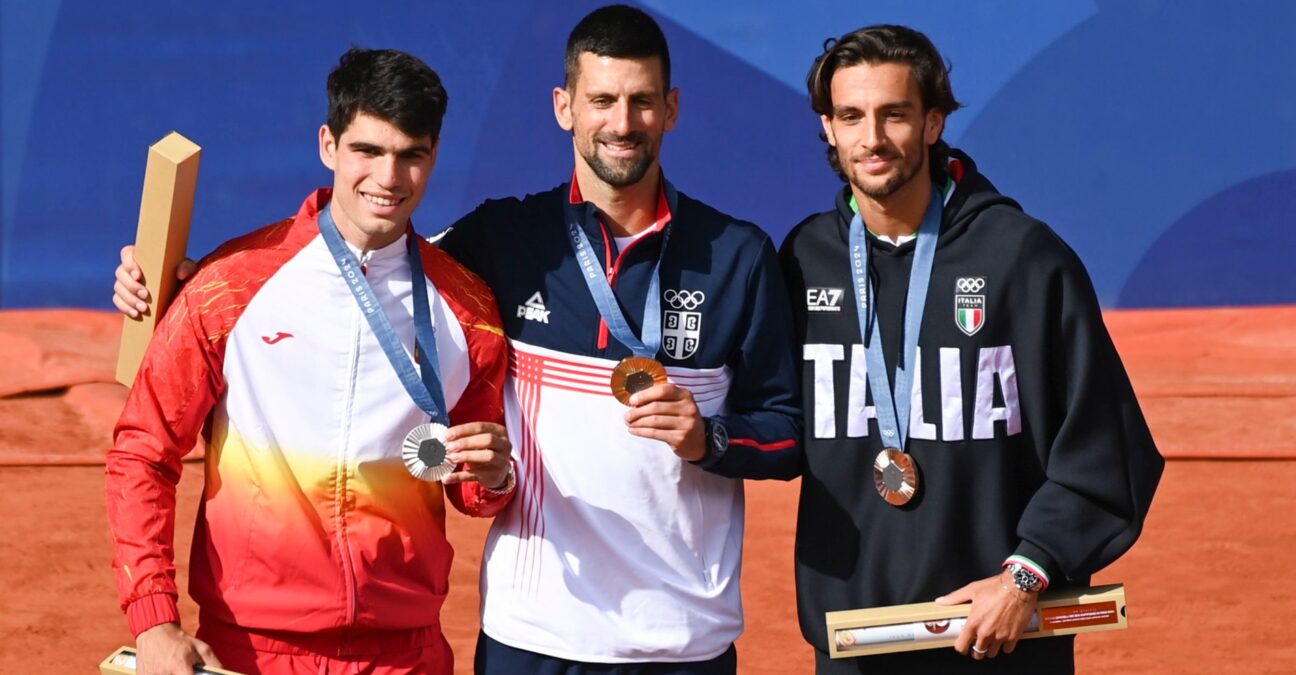 DPPI / Panoramic
DPPI / Panoramic
Tennis and the Olympics have always had an awkward relationship. For some, winning a medal (preferably gold, but silver and bronze are just fine too), is the ultimate achievement. For others, the regular Tour, their bread and butter, is more important and the Grand Slams are the pinnacle of the sport.
When it comes to the Olympics and the US Open, though, the close proximity in time between the two means that performing well in both has always been problematic, especially for the men, who have the added complication of playing best of five sets in the slams, an extra demand on their physical and emotional strength.
emotional fatigue a factor in 2024
Novak Djokovic’s defeat by Alexei Popyrin on Friday night means that the three medallists from Paris – Djokovic, Carlos Alcaraz and Lorenzo Musetti have all exited the tournament before the third round was complete.
Switching from clay at Roland-Garros to grass for Wimbledon and then back to clay for the Olympics, before going on to hard courts at the US Open was always going to be a brutal test of the physicality of the players.
But also the emotional effort of getting on the podium has to have taken its toll, especially on Djokovic, who played so brilliantly in Paris to win the Olympic gold for the first time.
!I spent a lot of energy winning the gold and I did arrive to New York just not feeling fresh mentally and physically,” Djokovic admitted. “It was just really a big struggle mentally for me to play these three matches here, because I wasn’t playing even close to my best.
“It’s not good to be in that kind of state where you feel OK physically, and of course you’re motivated because it’s a Grand Slam, but you just are not able to find your game. That’s it. The game is falling apart, and I guess you have to accept that tournaments like this happen. You could argue that it’s because of the Olympics, but I don’t know. I don’t want to analyse that right now.”
Alcaraz denied missing out on gold was a factor in his early defeat here at the hands of Botic van de Zandschulp, but the way he played, and his uncharacteristic racket-smashing episode in Cincinnati suggests it may have played a part, together with fatigue after winning Roland-Garros and Wimbledon. And Musetti just looked like he had run out of steam as he lost to Brandon Nakashima in round three.
History shows US Open usually a bridge too far
Historically, it’s not surprising. Andy Murray is the only man to win the Olympics and US Open in the same year, back in 2012 when his victory in London was the inspiration for his first ever Grand Slam title.
In fact, no other gold medal winner has even reached the final. In the first few Olympics after tennis was readmitted to the fold in 1988, medal winners in general did incredibly badly in New York. With the exception of Andre Agassi, who made the semis in 1996 after winning gold in Atlanta, none of the other first four gold medal winners made it past round three at the US Open.
Since 2008, gold medal winners have performed better, with Rafael Nadal making the semis in 2008 and Alexander Zverev doing the same thing in 2021.
SILVER MEDALLISTS HAVE SHOCKING RECORD
Silver medallists, on the other hand, have had a nightmare when it comes to the US Open. While Roger Federer made the quarter-finals in 2012 after losing out to Andy Murray in London, the other nine men to have won silver have had a shocker. Three went out in round one at Flushing Meadows; two in round two, two in round three and one in the last 16.
Bronze medal winners have been slightly more successful, but not by much. If it was not for 2008, 2012 and 2016, when Nadal made the semis, Juan Martin Del Potro made the quarters and Murray reached the last four, two men were beaten in the first round and two won just one match. In 1988 and 1992, when there were two bronze medalists each time, none of them did better than the last 16.
| GOLD | US OPEN | SILVER | US OPEN | BRONZE | US OPEN | |
| 2021 | Zverev | SF | Khachanov | R1 | Carreno Busta | R1 |
| 2016 | Murray | QF | Del Potro | R1 | Federer | QF |
| 2012 | Murray | Won | Federer | QF | Del Potro | QF |
| 2008 | Nadal | SF | Gonzalez | R4 | Djokovic | SF |
| 2004 | Massu | R2 | Fish | R2 | Gonzalez | R1 |
| 2000 | Kafelnikov | R3 | Haas | R2 | Di Pasquale | R2 |
| 1996 | Agassi | SF | Bruguera | R3 | Paes | R2 |
| 1992 | Rosset | R1 | Arrese | R1 | Ivanisevic and Cherkasov | R3/R2 |
| 1988 | Mecir | R3 | Mayotte | R3 | Edberg and Gilbert | R4/R2 |
As the table shows, it’s a tough thing to back up the Olympics by doing well at the US Open. Certainly it was the case this year. It remains to be seen how much it has taken out of the three men who stood on the podium in Paris and what it means for them over the next few months.
People in this post
More tennis news
Verdasco ends career with doubles loss alongside Djokovic in Doha

Alcaraz passes the Nardi test to reach Qatar Open last eight
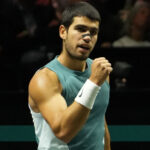
Dubai Open: Muchova through to quarter-finals
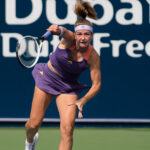
Sabalenka stunned by Tauson in Dubai Open last 16
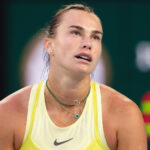
Qatar Open: Lehecka advances to last eight

